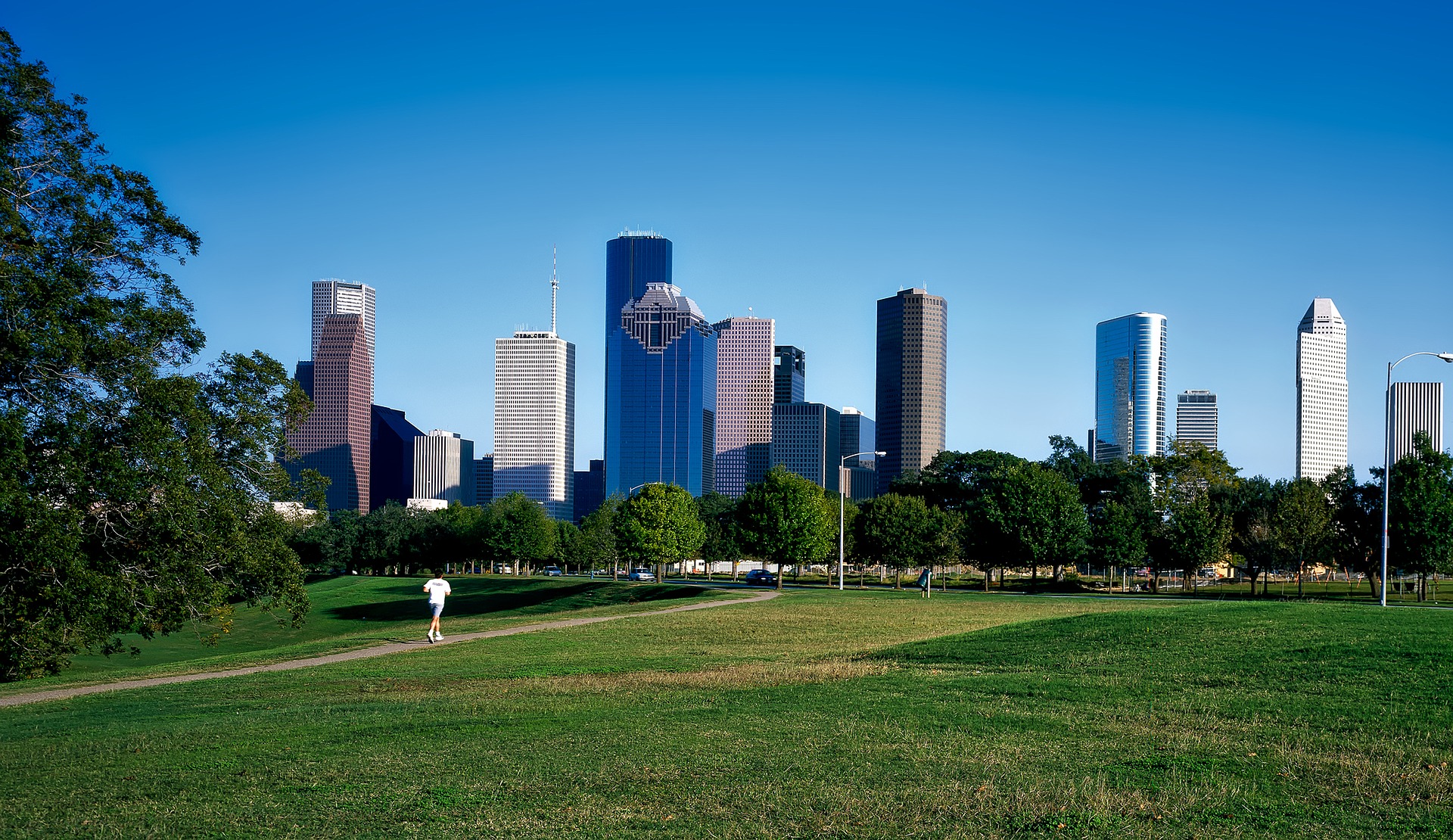Houston: It Takes a Tragedy to See a Tragedy
Imagine seeing videos of childhood friends being rescued from second floors because flood waters submerged the first floors of their homes. “What happens if we drown? Will anyone notice?” asked a friend of mine on Facebook Live, hoping she would be rescued.
That’s what I experienced this month, living in New York, during the devastation of Hurricane Harvey in my hometown of Houston, Texas. The storm delivered 27 trillion gallons of rain, sending about 51 inches of water flowing through parts of the sprawling metropolis and causing roughly $75 billion in personal asset losses to the people who were affected, according to CNN.
Houston, TX
While I am often critical of Houston, this tragedy shows me how Houston does actually represent a positive view of the American dream and how it is changing.
Growing up in Houston seemed similar to the experience of kids who grew up in big cities. I lived on the outskirts in a small area of Houston called Klein (which literally means “small” in German, which seems ironic, seeing as it is a suburb of the 4th largest city in the United States). When you drive out of my neighborhood, across the street is a Whataburger. Next door is the family-owned Chinese restaurant that has been there for more than 10 years. When I moved to New York City in 2014, my neighborhood still looked like strip mall suburbia.
During the recent hurricane, I saw this area of Klein in pictures via social media posts from old friends and Facetime conversations with my grandmother. The destruction was clear. The entire town was completely underwater. Restaurants and shops I remember visiting as a child are destroyed. The next time I go home, almost nothing will be the same as I left it.
However, instead of Houstonians being completely devastated by this tragedy, they brought themselves together in a community and supported each other. People that I had never seen come out of their houses were helping their neighbors by giving them food and offering their roofs as a safe space from which people could be rescued.
Houstonians were incredibly resilient during this disaster. They banded together and helped each other more than during previous storms. When I was growing up, I saw many young people around me doing drugs, dropping out of high school and falling behind in life. The community seemed ill-equipped to deal with these and other problems. I left Houston because I was tired of that cycle of community and family breakdown. I thought I was seeing the American Dream crumbling around me, and I didn’t want to be around as a witness. These people, these friends of mine, would suffer because they were too poor to have the same opportunities that I did. We were so distinctly separated by socio-economic realities, regardless of the fact that we were friends.
My family could afford to send me to college. Meanwhile, a friend of mine who worked his way through high school just to put food on the table, didn’t get the chance to go to college because his grades weren’t good enough. It wasn’t his fault, his priorities were centered around making sure his sister didn’t starve because their mother was too high on drugs to work a job that would support the family. The “American Dream” used to suggest that people could escape these situations and rise above them. However, because of the steep slope of economic and social inequality in our society, it seemed to me that there was little to no way for my friend, or anyone in a similar situation, to get out or rise above their situation.
The American Dream is no longer the story of a poor immigrant becoming a millionaire if they work hard enough. The old American Dream is dead, and the tragedy in Houston represents the new American Dream.
The materialistic American Dream, as it was known in the 1950s, is dead. Because of the rise of white supremacists, the never-ending abortion debate and many other hot-button topics, Americans long for a community where they can love their neighbor without having to worry about the political and religious tensions between them. The new American Dream is to be a part of a community that is more than a loosely grouped set of individuals connected only by the physical proximity of their homes. Now more than ever, Americans value support in their communities. Our values have shifted; no longer are we engaged in a brutal struggle for money, power and success. Instead of an individualistic struggle, we emphasize the communities we live in and building relationships within them. As the world around us seems to become more and more divided, we long for a community that will support us despite our differences.
Regardless of its past reputation as an oil town or the home of fraudulent Enron, Houston showcased this new type of American Dream by coming together in a time of enormous crisis and difficulty. Houston’s citizens didn’t worry about saving as much of their property as they could, and on the whole, they did not act selfishly. They were more concerned with helping others in their communities than helping themselves.
I moved from Houston to New York City because I thought that Houston’s community was toxic. Yet, in the wake of tragedy, it has become a great example of love and compassion. During Hurricane Harvey, Houstonians represented what Americans truly mean when they say they want the American Dream, which is support. While it’s a tragedy that it takes a tragedy for us to see the deeper values a community needs and wants, we can take heart in the fact that the American Dream is no longer one of greed, but one of love.


